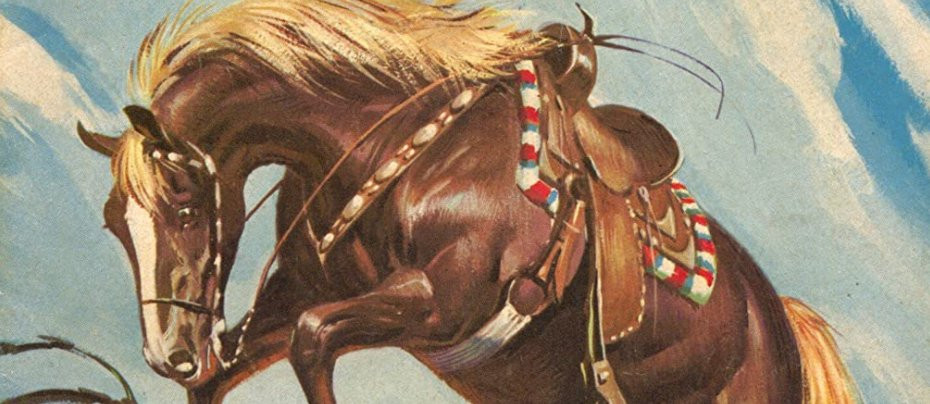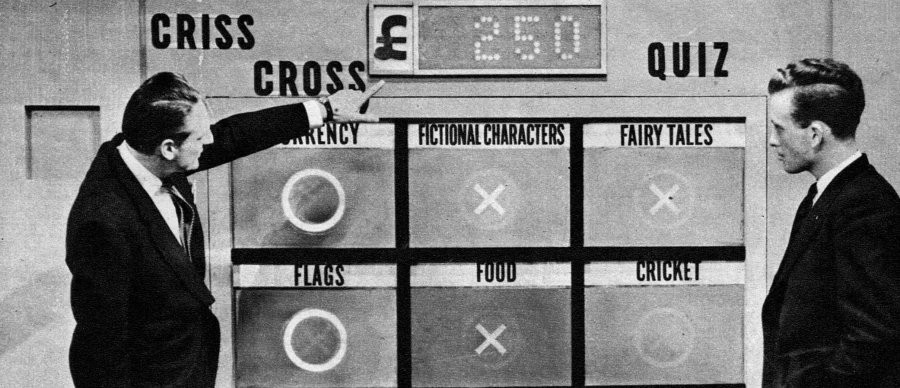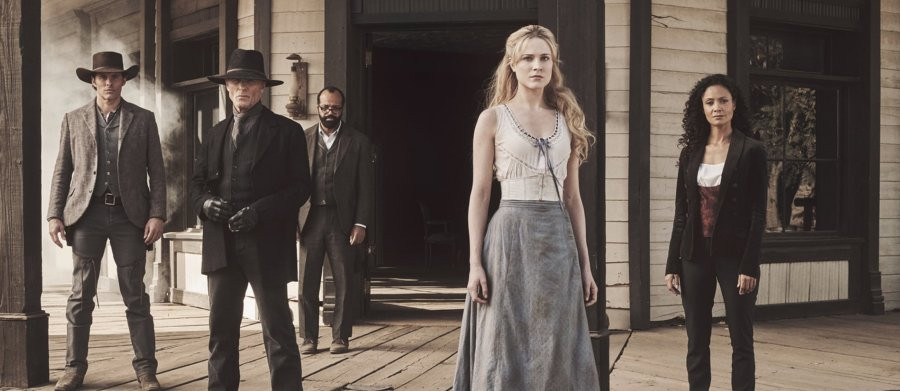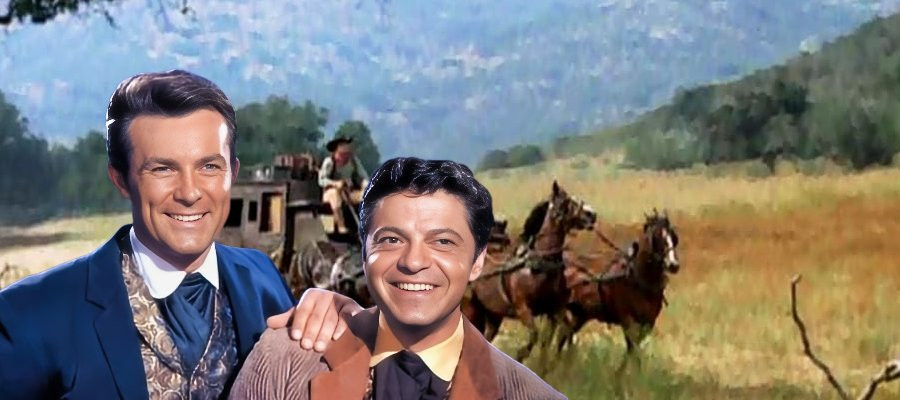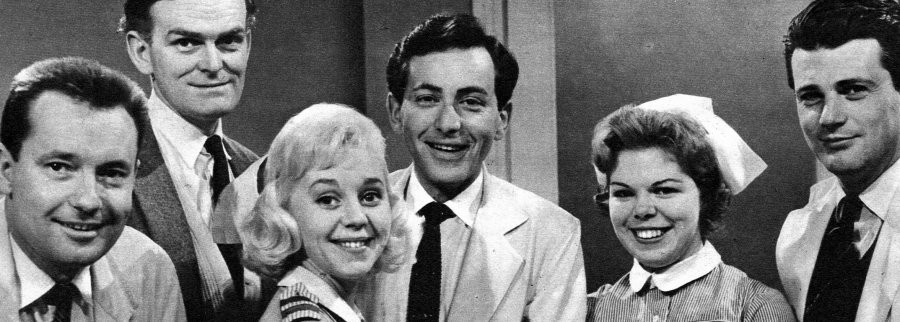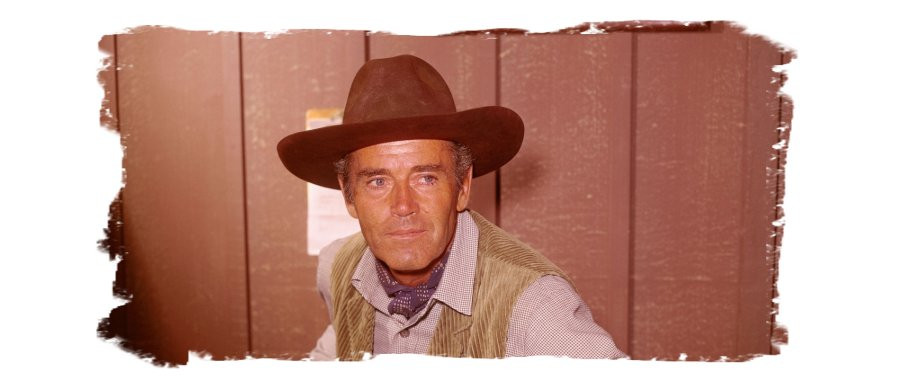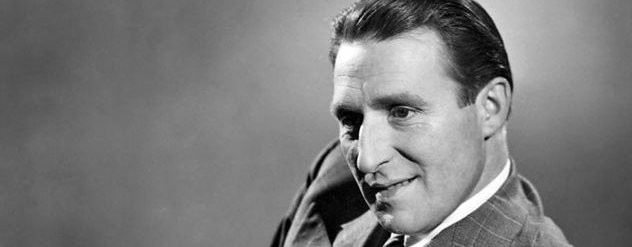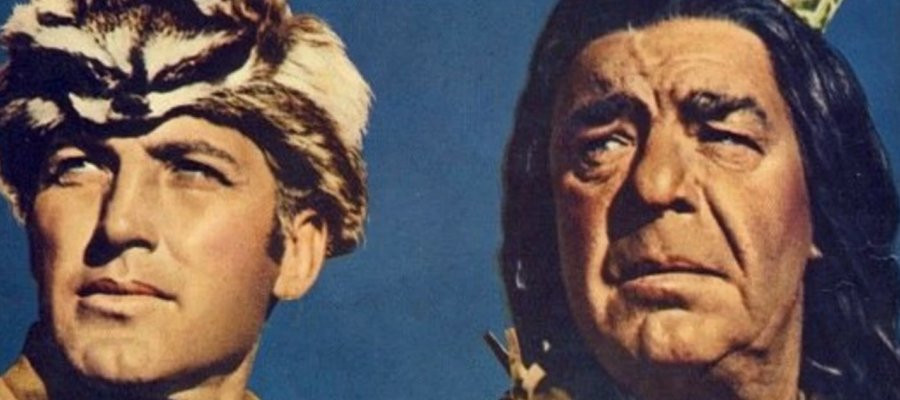
Hawkeye and the Last of the Mohicans
1957 - United Statesroadcast in 1957 and filmed in colour – a relative novelty at the time – Hawkeye and the Last of the Mohicans was a television series that sought to bring frontier adventure to mid-century audiences through the lens of early American mythos. Based loosely on James Fenimore Cooper’s 19th-century novels, particularly The Last of the Mohicans, the series reimagined the life and exploits of Nat Cutler, better known as Hawkeye – a scout, fur trapper, and occasional agent of the US Cavalry, navigating the volatile wilderness of 1750s upstate New York.
The lead role was taken up by John Hart, best remembered by many for briefly replacing Clayton Moore as The Lone Ranger during a contractual dispute. Although Hart never quite stepped out from the shadow of Moore's portrayal, his turn as Hawkeye proved earnest and dependable, bringing a rugged stoicism to a role firmly rooted in American folklore.
Accompanying Hart was Lon Chaney Jr. in the role of Chingachgook, the titular "Last of the Mohicans" and Hawkeye’s loyal blood brother. Chaney, whose father – the legendary silent film actor Lon Chaney Sr. – had earned the moniker "The Man of a Thousand Faces" (immortalised by James Cagney in the 1957 biopic of the same name), brought a surprisingly grounded presence to a character that might otherwise have been rendered as a mere cultural stereotype. That said, the series remains very much a product of its time, and modern audiences will undoubtedly find its depiction of Native American characters simplistic at best and problematic at worst. Chaney himself had reluctantly followed in his father’s footsteps into the horror genre, famously playing the title role in Universal’s The Wolf Man (1941), but here he eschewed the supernatural for a more earthy portrayal, albeit through a Hollywood lens.
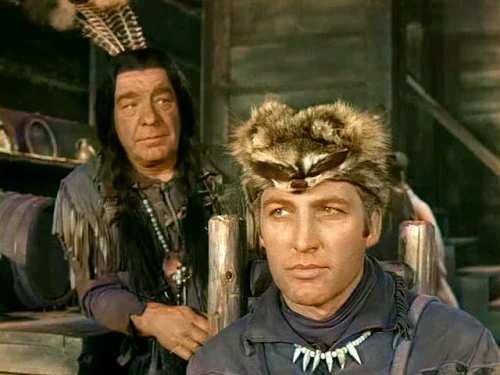
The series, though shot in Canada, attempted to evoke the rugged terrain of the pre-Revolutionary American frontier, where settlers and Native tribes frequently clashed. The central conflict often saw Hawkeye and Chingachgook embroiled in battles with the Huron tribe – traditional foes in Cooper’s literary canon – as well as outlaws and unscrupulous traders. The show’s format followed a familiar episodic rhythm, with each instalment offering a self-contained adventure steeped in moral clarity and frontier justice.
From a production standpoint, the series was competently made, with exterior shots lending it a sense of scale that many studio-bound Westerns lacked. However, despite its colourful presentation and noble attempt to blend action with historical flavour, the series never quite reached the heights of more celebrated Westerns of the era, perhaps due in part to its relatively short run of just 39 episodes.
Nevertheless, Hawkeye and the Last of the Mohicans retains a certain charm as a relic of mid-century television. For fans of vintage Westerns and early television history, it offers a glimpse into a transitional period – between the silver screen grandeur of classic Hollywood and the smaller, more domestic scale of television storytelling. While its characterisations and cultural assumptions may not sit comfortably with today’s sensibilities, it remains a notable attempt to bring one of America’s earliest literary heroes to the burgeoning medium of television.
Seen this show? How do you rate it?
Seen this show? How do you rate it?
Published on May 1st, 2024. Written by Skip Wilson Jr. for Television Heaven.


